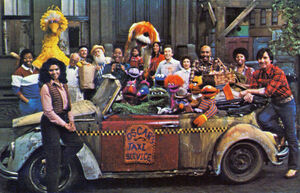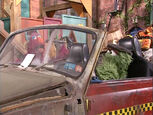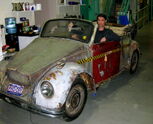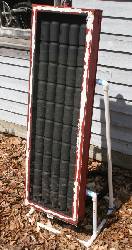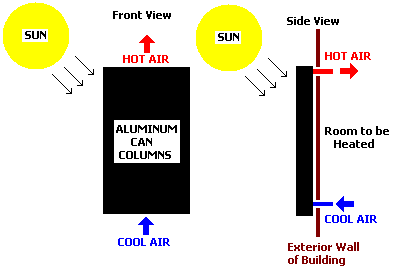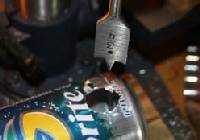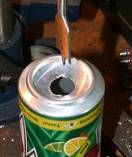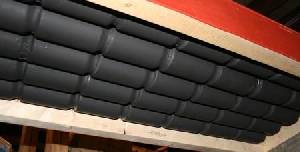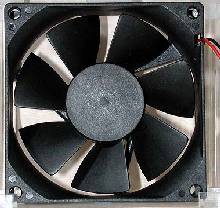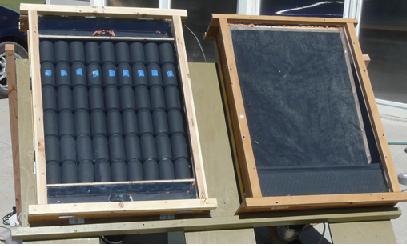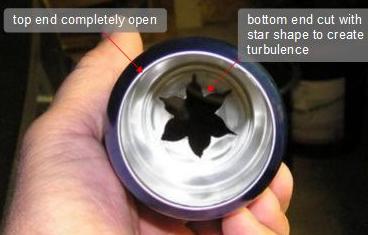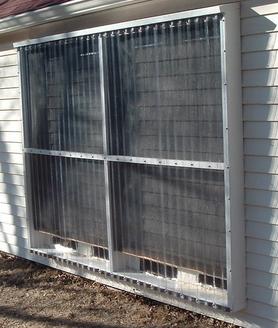In the recent Summer Budget, a small reform was bundled into the small print, which effectively gave the green light to peer-to-peer renters across the country.
In it, the Government tweaked the existing Rent-a-Room relief, allowing hosts to rent space in their home tax-free on income of up to £7,500, up from a previous cap of £4,250. The relief has been unchanged since 1997 and will take effect next April.
The move follows the exponential growth of peer-to-peer accommodation networks such as Airbnb, which allows any homeowner to rent out a room, or their entire property, to visitors.
The Government said that the change reflected rising rental costs but Airbnb leapt on the news, saying that it “further demonstrates the UK Government’s commitment to being a world leader in the sharing economy and shows their support for local residents across the country who are sharing their homes”.
This is not the first time the Government has indicated its support for peer-to-peer renting. Earlier this year, it implemented progressive new rules that allowed Londoners to share their homes for up to 90 days annually without permission or registration.
It is estimated that more than 150 million consumers will pool property or possessions over the next year.
While only 5pc of European consumers currently “share” in this way, nearly a third say that they will soon take part in the phenomenon. The UK is the third largest European player in the sharing economy, behind Turkey and Spain.
Cars are the most popular segment of the sharing economy but holiday accommodation is expected to take the lead in the next year, with two in five consumers saying that they would consider paying someone to borrow their home.
There are an estimated 19 million empty bedrooms in England, according to Spareroom.co.uk.
This kind of data has clearly influenced UK policymakers to start supporting this new wave of property entrepreneurs.
Debbie Wosskow is a sharing-economy entrepreneur, as the founder of home exchange club Love Home Swap. She is also the chairman of the industry body Sharing Economy UK (SEUK).
She welcomed the changes to the Rent-A-Room relief in the Summer Budget, saying that they “encouraged a nation of micro-entrepreneurs”.
But are the tweaks enough to prompt a full-scale sharing economy revolution?
“Whilst it's great that barriers have been removed, there is a still a long way to go,” Ms Wosskow said. “The last change to this relief was in 2005 and we don't want to wait another decade for it to be increased again.”
As for the next thing on her wish list, she said: “It would also be great to see such a tax relief extended to other verticals of the sharing economy – such as driveways and household items, like power tools.”
It does seem the Government is listening.
source:- http://www.telegraph.co.uk/sponsored/business/sme-home/news/11737226/green-light-for-peer-to-peer-renting.html
Homeowners are not the only benefactors of the Government’s “sharing economy” largesse. Last year, it launched a major new initiative to place the UK at the centre of the global sharing economy, which will be worth £230bn by 2025.
The term “sharing economy” refers to individuals who get the most from their own assets, and the companies that have grown up around them.It is estimated that more than 150 million consumers will pool property or possessions over the next year.
While only 5pc of European consumers currently “share” in this way, nearly a third say that they will soon take part in the phenomenon. The UK is the third largest European player in the sharing economy, behind Turkey and Spain.
Cars are the most popular segment of the sharing economy but holiday accommodation is expected to take the lead in the next year, with two in five consumers saying that they would consider paying someone to borrow their home.
There are an estimated 19 million empty bedrooms in England, according to Spareroom.co.uk.
This kind of data has clearly influenced UK policymakers to start supporting this new wave of property entrepreneurs.
Debbie Wosskow is a sharing-economy entrepreneur, as the founder of home exchange club Love Home Swap. She is also the chairman of the industry body Sharing Economy UK (SEUK).
She welcomed the changes to the Rent-A-Room relief in the Summer Budget, saying that they “encouraged a nation of micro-entrepreneurs”.
But are the tweaks enough to prompt a full-scale sharing economy revolution?
“Whilst it's great that barriers have been removed, there is a still a long way to go,” Ms Wosskow said. “The last change to this relief was in 2005 and we don't want to wait another decade for it to be increased again.”
As for the next thing on her wish list, she said: “It would also be great to see such a tax relief extended to other verticals of the sharing economy – such as driveways and household items, like power tools.”
It does seem the Government is listening.
source:- http://www.telegraph.co.uk/sponsored/business/sme-home/news/11737226/green-light-for-peer-to-peer-renting.html













